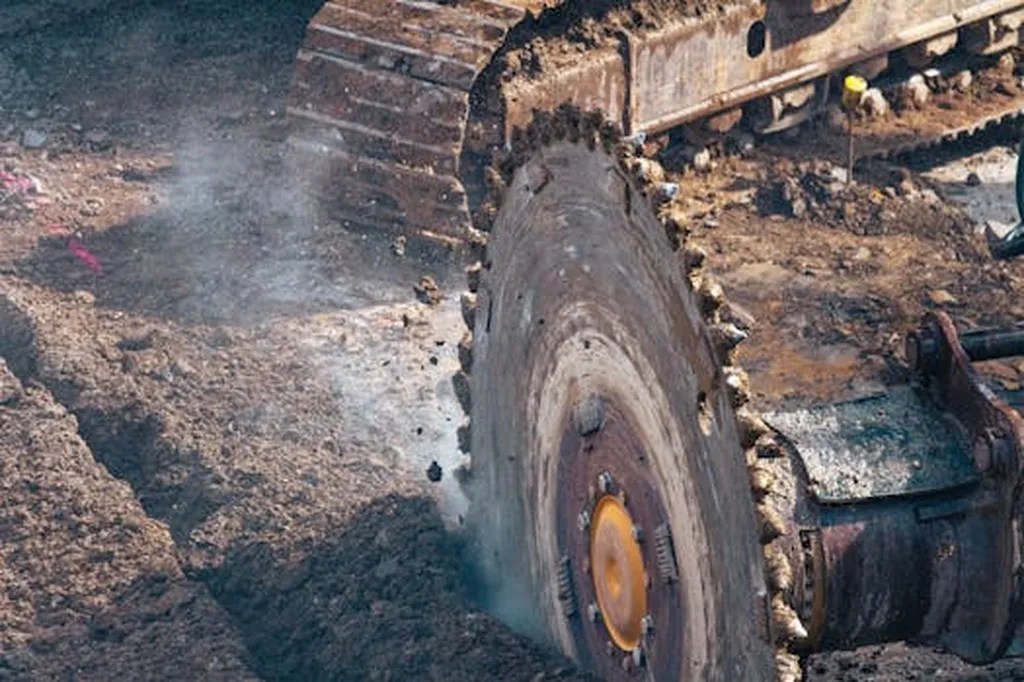In the quest for sustainable infrastructure development, researchers are turning to innovative solutions to tackle the mounting challenge of construction waste soil disposal. A recent study led by Zhang Fang from the School of Civil Engineering at Shaoxing University in China, published in the journal *Materials Research Express* (which translates to “Materials Research Express” in English), offers a promising approach that could reshape the construction industry’s environmental footprint.
Traditionally, construction waste soil has been stabilized using conventional binders like cement and lime. However, the environmental toll of these materials is significant, with high carbon emissions and severe ecological damage. Zhang Fang’s research explores an alternative method using calcium carbide slag and activated clay to enhance the mechanical properties of construction waste soil, while also promoting the secondary utilization of industrial solid wastes.
The study’s findings are compelling. Through a series of unconfined compressive tests and triaxial tests, the research team observed substantial improvements in the mechanical properties of the modified soil. The unconfined compressive strength (UCS) saw a maximum increase of 78.5%, while the internal friction angle and cohesion improved by 13% and 62%, respectively. “The incorporation of activated clay not only enhances the soil’s mechanical performance but also facilitates a more compact internal structure,” Zhang Fang explained.
The micro-mechanism and pore structure of the modified soil were analyzed using XRD, SEM, and MIP tests. The results revealed that the activated clay promotes hydration reactions, generating flocculent hydration products that fill the spaces between soil particles. This process makes the soil’s internal structure more compact, contributing to its enhanced mechanical properties.
The implications of this research for the construction industry are significant. By utilizing industrial by-products like calcium carbide slag and activated clay, the method offers a sustainable alternative to traditional binders. This approach could reduce the environmental impact of construction projects, lower carbon emissions, and promote the circular economy by repurposing industrial waste.
Moreover, the enhanced mechanical properties of the modified soil could lead to more durable and stable infrastructure, reducing maintenance costs and extending the lifespan of construction projects. As Zhang Fang noted, “This method not only improves the performance of construction waste soil but also contributes to sustainable development by reducing waste and lowering environmental impact.”
The study’s findings could pave the way for future developments in the field of soil modification and stabilization. By exploring innovative materials and techniques, researchers can continue to push the boundaries of sustainable construction practices, ultimately shaping a more environmentally friendly and resilient infrastructure landscape.
As the construction industry grapples with the challenges of sustainability and environmental responsibility, Zhang Fang’s research offers a beacon of hope. By harnessing the power of industrial by-products and advanced materials science, the industry can move towards a more sustainable future, one stable soil at a time.

